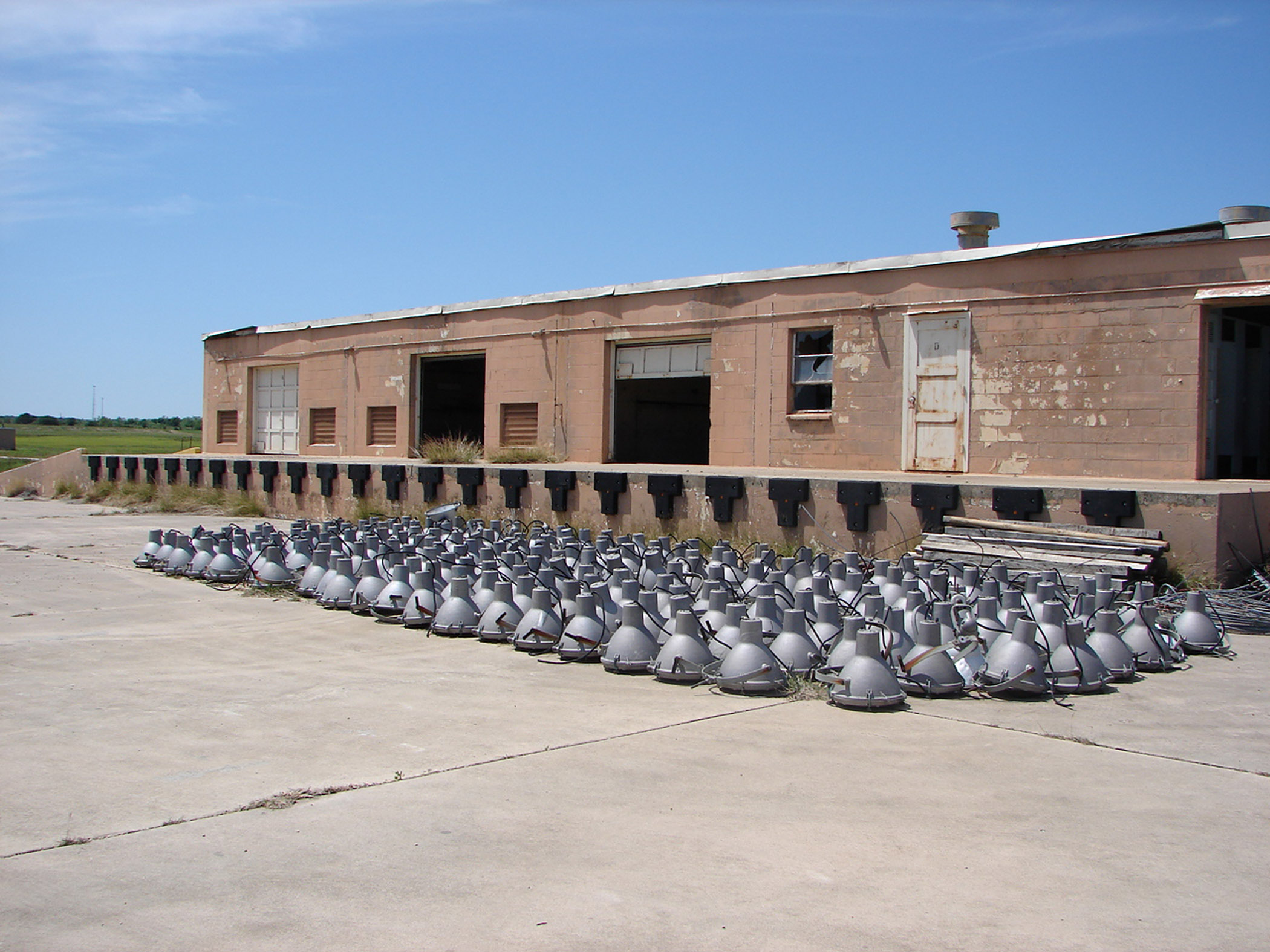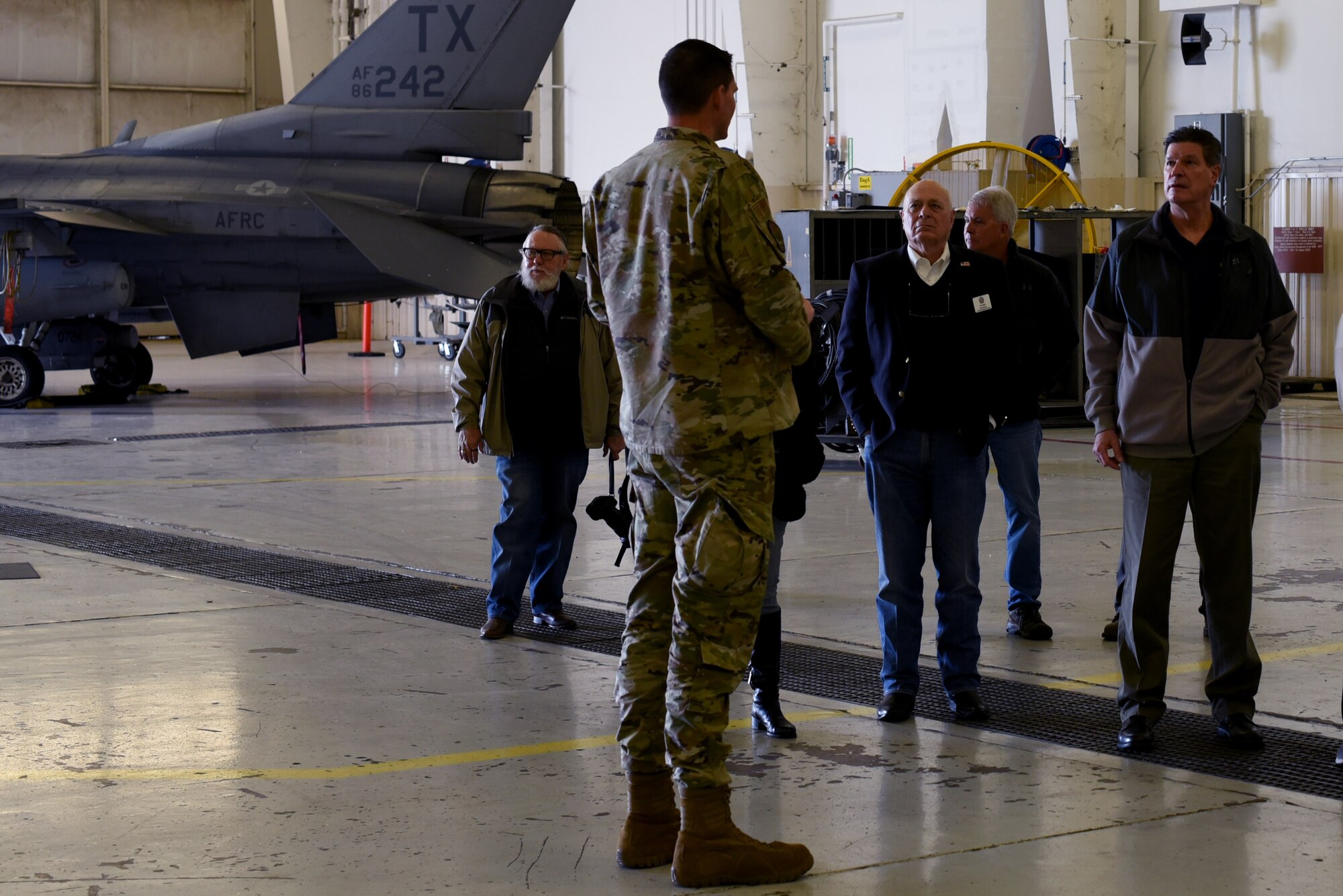Af B Fort Worth - 32°46′09″N 097°26′30″W / 32.76917°N 97.44167°W / 32.76917; -97.44167 (Naval Air Station Joint Reserve Fort Worth) Coordinates: 32°46′09″N 097°26′30″W / 32.76917°N 97.41°W;27.44167 -97.44167 (Naval Air Station Joint Reserve Base Fort Worth) )
(IATA: FWH, ICAO: KNFW, FAA LID: NFW) includes Carswell Field Air Force Base, located 5 nautical miles (9 km; 6 mi) west of the Fort Worth central business district in Tarrant County, Texas, United States. . This military airfield is operated by the United States Naval Reserve.
Af B Fort Worth
It is located in Fort Worth, Westworth Village, and White Settlement in the western part of the Fort Worth metropolitan area.
White Settlement Rd, Fort Worth, Tx 76107
NAS Fort Worth JRB is the successor to the former Dallas Naval Air Station and includes other Reserve commands and functions, primarily Air Force Reserve commands and functions, the facility was located on what was formerly known as Strategic Air Force Base. is strength. Command (SAC) facility later transferred to Air Combat Command (ACC).
Several United States Navy headquarters and operational units, including the Naval Air Reserve's air wings and squadrons, intelligence commands, and the Seabees, are located at NAS Fort Worth JRB.
Air Force Reserve Command's T Air Force (10 AF) headquarters and 301st Fighter Wing remain at the facility along with the Texas Air National Guard's 136th Airlift Wing (136 AW). NAS Fort Worth JRB houses a Marine Corps Aircraft Group, several squadrons, and various ground units of the United States Marine Corps Reserve.
Aircraft types initially stationed at NAS Fort Worth JRB were the F-14 Tomcat, F/A-18 Hornet, C-9B Skytrain II, C-130 Hercules, and KC-130 Hercules. . 16 Fighting Falcon aircraft were previously based at the facility, which was known as Carswell Air Force Base and later Carswell Air Reserve Station.
Fort Worth, Texas Carswell Air Force Base Willis R. Cooke K5ewj 1964 Qsl
Currently, it carries the Navy's C-40 Clipper of the Naval Air Reserve, F-16 Fighting Falcon fighters of the Air Force Reserve Command, C-130 Hercules aircraft of the Texas Air National Guard, and F/A aircraft of the Marine Corps. . -18 Hornet strike fighters and KC-130 Hercules aerial refueling and transport aircraft in the Marine Corps Reserve. A battalion of RC-12 Guardrail surveillance aircraft is also stationed at the US Army Reserve NAS Fort Worth JRB.
Medal of Honor Major Horace S. Carswell Air Force Base is named after Carswell Jr., USAAF (1916–1944). On October 26, 1944, Major Carswell returned from an attack on Japanese shipping in the South China Sea and attempted to rescue a downed crewman by parachute. Left at the controls of a paralyzed bomber, he died while landing a B-24 Liberator near Tungchin, China. The foundation was broken in his honor on January 29, 1948.
Carswell's origins lie in the early years of aviation. After the United States entered World War I in April 1917, General John J. "Blackjack" Pershing asked the British Royal Flying Corps (RFC) to establish training grounds in the southern United States, where the warmer weather was conducive to flying. Every year. In June, the War Department inspected 6 sites in Fort Worth, Texas, offered by the Chamber of Commerce. In August, the War Department signed leases with the RFC for three sites in the Fort Worth area. The sites known as the Flying Triangle were Hicks Field (#1), Barron Field (#2), and Brook (later Carruthers) Field (#3) based on their locations. In April 1918, these airfields were turned over to the United States Army Air Service as a training ground for American pilots. Hundreds of pilots learned their basic and elementary flying skills at these Fort Worth area airfields during the war. They were closed in 1919 due to the war.

In 1940, the City of Fort Worth submitted an application to the Civil Aviation Administration (CAA) asking the Army Air Corps for a primary pilot training airport. Gerald Jacob E. Fickell visited Fort Worth on an inspection visit in May. Fickell learned to fly in 1918 at Carruthers Field. At the same time, the Fort Worth Chamber of Commerce tried to convince aircraft manufacturers to build an aircraft assembly plant in the area. Consolidated Aircraft, which wanted to build in the area, directed the Air Corps to jointly build an airfield next to the heavy bomber plant it wanted to build in Fort Worth. On June 16, 1941, President Franklin D. Roosevelt authorized the construction of an airport next to a $1.75 million consolidated manufacturing facility. The Army wanted the airfield ready quickly before the plant went into production, and construction immediately began on the "Lake Worth Bomber Plant Airfield."
Th Fighter Squadron
However, following the attack on Pearl Harbor, the military changed its plans and instead of becoming a base of operations, the facility, dubbed "Tarrant Field," became a heavy bomber training school.
The base was first assigned to the Air Force Training Command's Combat School on 1 July 1942.
In August, the first plane was ordered for the school. On July 29, the base was raided again, this time at Fort Worth Army Air Field.
Oblique aerial view of Fort Worth Army Airfield in 1945, looking east to west. The airport technical area is to the east of the main north-south runway, with the Consolidated-Wulty (later Conveyor) aircraft manufacturing facilities to the west.
Retro Fort Worth
The Army Air Force Combat Crew School (later renamed the Army Air Force Pilot School, specialized 4-engine) graduated from the Training Command's Advanced Pilot Training Schools, recruited experienced 2-engine pilots and trained them to fly the B-24 Liberator. The school was officially opened on 12 October 1942
It was under the jurisdiction of the 34th Air Training Wing at San Angelo Army Air Field, Texas.
The school was originally equipped with B-24Ds assembled on Consolidated Runways; Later upgraded to B-24E

They were manufactured at Consolidated's Willow Run plant in Michigan and sent to the Fort Worth plant for final modifications.
Texas Air Guard's 149th Fw Conducts Large Force Exercise > National Guard > Guard News
During training, each aircraft was assigned a crew of nine, and crews ate, slept, and trained together 24 hours a day. This allowed the crew to learn the technical skills required to operate the aircraft as well as the minds and reactions of other crew members. Every day they trained for five hours in the air and five hours on the ground. Each class lasted four and a half weeks.
Training officers established a bomb approach school in October 1943, which included pilot-bombardier teamwork. In addition, the 9000th WAC Company of the Worms Army Corps was used in the control tower and the base's communications office.
In late 1944, B-24 training at Fort Worth AAF was discontinued and replaced by the B-32 Dominator Flight Crew Conversion Training School. Training Command flew instructor pilots to the Unified Production Facility in San Diego to familiarize them with the Dominator.
Designed as a permanent home for the B-29 Superfortress; As the B-17 Flying Fortress paired with the B-24 Liberator.
An F 16 Fighting Falcon Aircraft From Naval Air Station Fort Worth Joint Reserve Base, Texas, Taxis At Hill Air Force Base, Utah, May 3. Aircraft And Airmen From Naval Air Station Fort
The first B-32s arrived at Fort Worth in September 1944, but remained at the modification plant until January before being released to training school. By 1944, Consolidated had delivered only five production aircraft; By comparison, the B-29 flew in combat for about six months. The military was unhappy with the Dominator and the production problems it was experiencing.
Finally, 40 TB-32 trainers were produced to begin the training program. Prospective B-32 pilots received 50 hours of training with TB-32s, while fellow pilots received 25 hours of flight time and 25 hours of observer training.
Ultimately, lack of equipment meant B-32 training at Fort Worth never fully materialized, and officials ended the B-32 training program after V-J Day.
In November 1945, jurisdiction over the Fort Worth AAF was transferred to the Second Air Force, which established the 17th Bombardment Operational Training Wing at the base, equipped with B-29A Superfortresses.
Fort Worth 2023
The Air Force decided to keep Fort Worth as a permanent airport and in 1946 built an 8,200-foot north-south, heavy runway for future use.
The number of B-32s completed at the consolidated plant reached 74 production aircraft, including TB-32 trainers, many of which were parked in the field. These were shipped directly from Fort Worth to Davis-Monthan Air Force Base and the depot at Kingman Field, Arizona, where partially assembled B-32s at the plant were scrapped in their place.
After activation, the 7th became part of the 5th Air Force (15 AF) headquartered in Colorado Springs, Colorado.
The crew and aircraft of the new group of Boeing B-29 Superfortresses were transferred from the 92nd Bombardment Group at Spokane AAF, Washington, to Fort Worth AAF. On 1 November 1946, the headquarters of the Eighth Air Force moved from MacDill Field, Florida to Fort Worth AAF.
Base History > 301st Fighter Wing > Display
B-50 Superfortress, Lucky Lady II, prepares for takeoff from Carswell AFB, Texas
Downtown fort worth apartments, new homes fort worth, apartments fort worth tx, drover hotel fort worth, fort worth realty, fort worth therapist, fort worth doctors, apartments near fort worth, senior apartments fort worth, hotels fort worth, af and b fort worth, dental implants fort worth


0 Comments